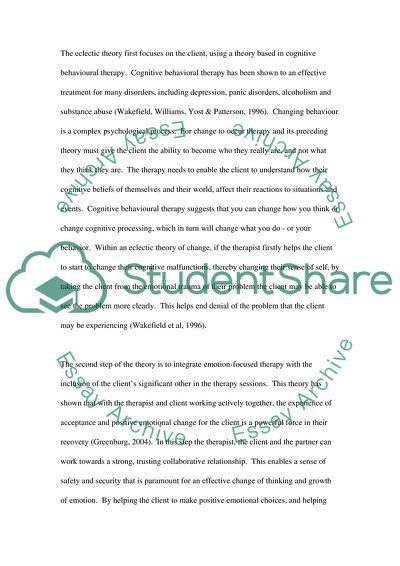Cite this document
(Theory of Change and Growth Essay Example | Topics and Well Written Essays - 1750 words, n.d.)
Theory of Change and Growth Essay Example | Topics and Well Written Essays - 1750 words. https://studentshare.org/psychology/1547288-theory-of-change-and-growth-paper-combined-with-the-movie
Theory of Change and Growth Essay Example | Topics and Well Written Essays - 1750 words. https://studentshare.org/psychology/1547288-theory-of-change-and-growth-paper-combined-with-the-movie
(Theory of Change and Growth Essay Example | Topics and Well Written Essays - 1750 Words)
Theory of Change and Growth Essay Example | Topics and Well Written Essays - 1750 Words. https://studentshare.org/psychology/1547288-theory-of-change-and-growth-paper-combined-with-the-movie.
Theory of Change and Growth Essay Example | Topics and Well Written Essays - 1750 Words. https://studentshare.org/psychology/1547288-theory-of-change-and-growth-paper-combined-with-the-movie.
“Theory of Change and Growth Essay Example | Topics and Well Written Essays - 1750 Words”. https://studentshare.org/psychology/1547288-theory-of-change-and-growth-paper-combined-with-the-movie.


